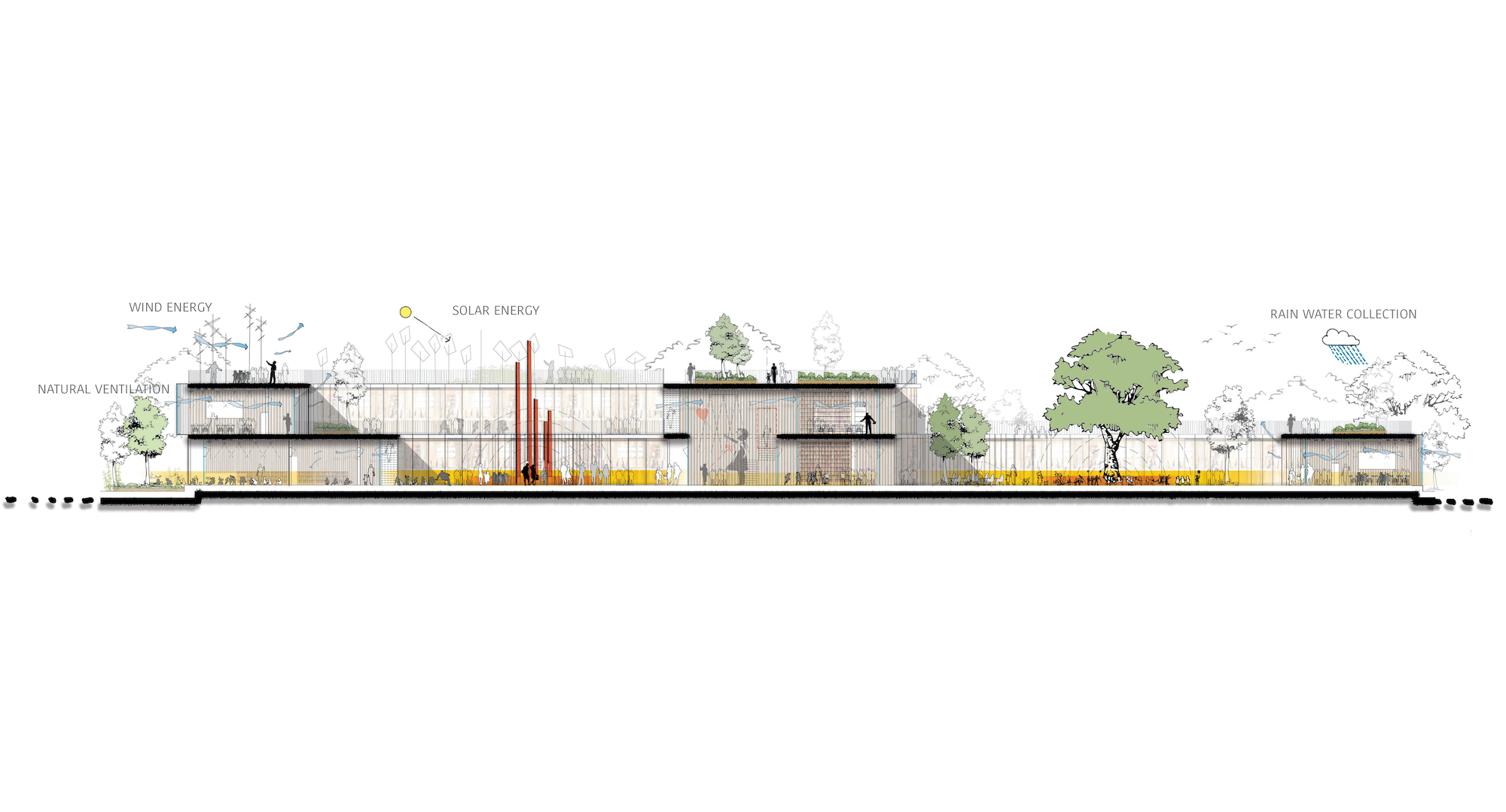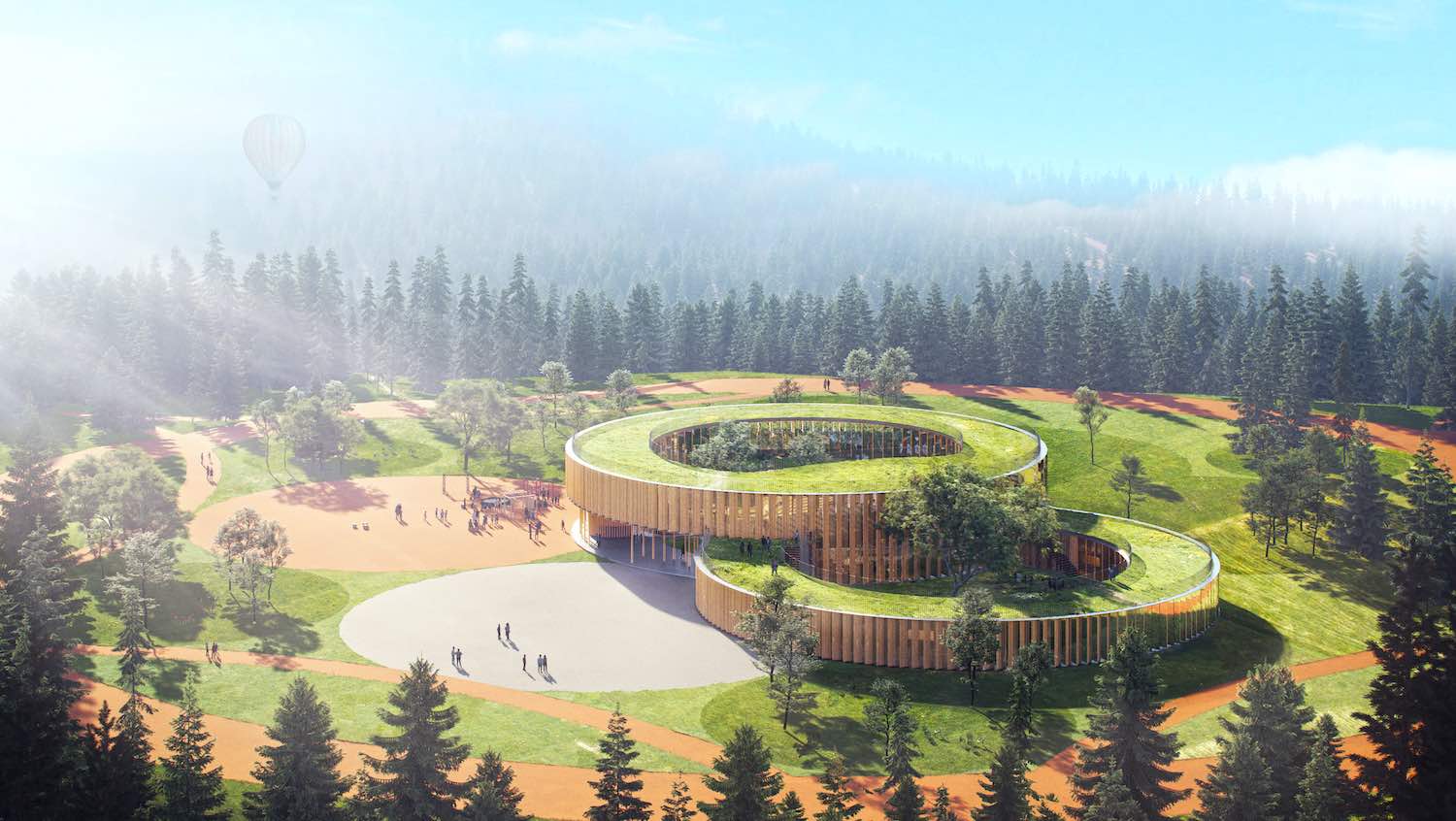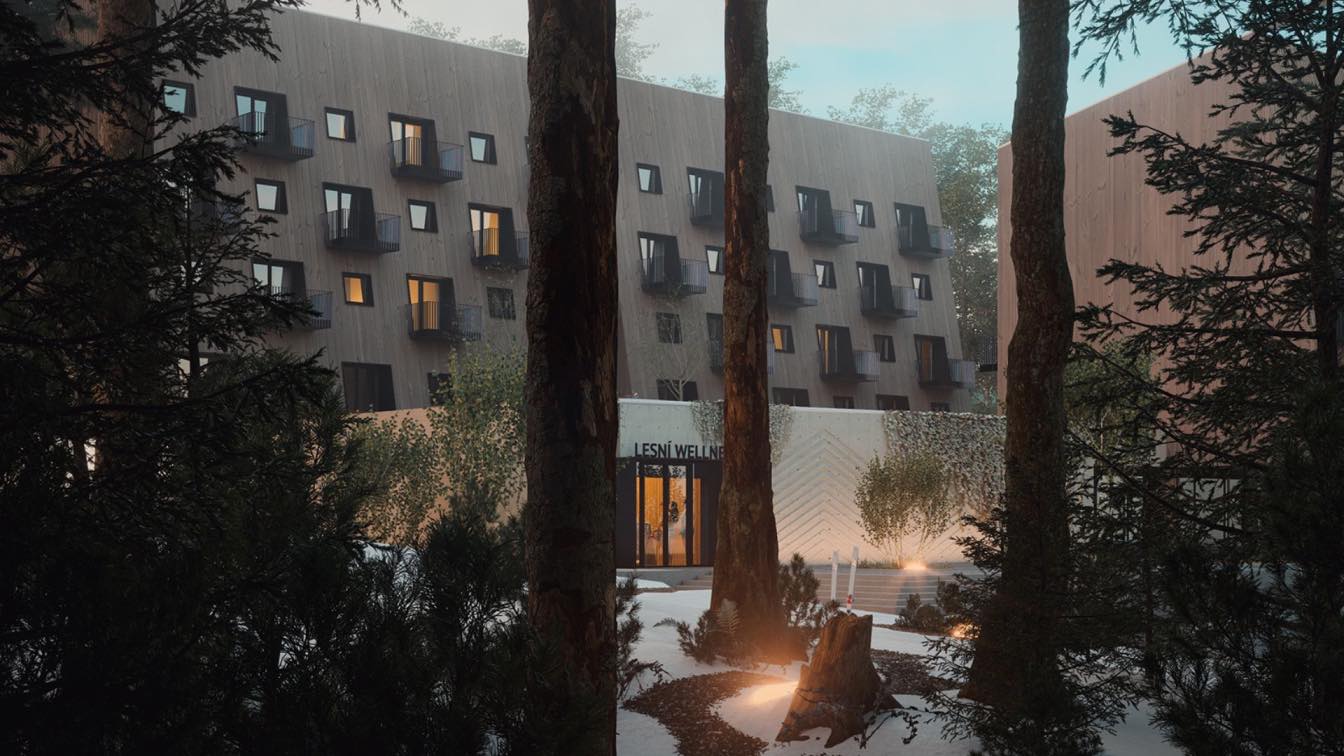Education is one of the sectors that are rather poorly adapted to the challenges posed by COVID-19. Neither curricula for distance learning nor buildings for the traditional one are close to perfect. So, some countries go back and forth with opening schools and sending kids home again. Sure, it can't but disrupt the pace at which students try to learn and complete their assignments. As a result, they opt to buy college essay on essayhub because of lack of focus and stability. Finally, one does need those things to concentrate on writing a paper.
The Italian architect Valentino Gareri has proposed a sustainable and modular educational building for the new post-covid era.
Architect's statement: The pandemic has highlighted the importance of designing buildings where the relationship with nature is reinforced and where outdoor and indoor spaces are more connected each other. In these context, primary importance should be given to educational buildings. Around the world, in these weeks many schools have just re-opened or are going to re-open soon after the great lockdown.
 Visualization by Winston Wu / Mirco Bianchini
Visualization by Winston Wu / Mirco Bianchini
Many protocols have been developed by National Governments in order to make the return to school possible, even in buildings which were not designed to facilitate physical distancing.
The schools of the future will have to be designed under a new point of view: rather than just considering criteria of sustain-ability, they will have to embrace the ability-to-sustain the new condition where the pandemic put the entire society in.
 Site Plan
Site Plan
Moreover, thanks to the possibility given by the ‘smart working’, one of the post-covid consequences has been the relocation of mass of people from big cities to less dense areas. This phenomenon puts the accent on the importance of requalifying those areas, that have been forgotten so far.
In these circumstances, the concept model of the school of the future has to be enlarged to a bigger scale: we should start thinking about educational buildings where several schools are combined (kindergarten, primary and secondary school) still maintaining their own independency.
Not only this. Community center, an urban plaza, a café and a library should be included and offered as spaces for the entire community: the building is operable 24h and becomes an important civic reference and the begin and opportunity for the requalification of suburbs and rural areas.
 Visualization by Winston Wu / Mirco Bianchini
Visualization by Winston Wu / Mirco Bianchini
Considering these aspects, the proposed design provides a modular educational center that can include all the phases of the educational process: Kindergarten, Primary and Secondary schools.
All the required spaces are fitted into two rings: the massing articulation allows to create two courtyards and an additional usable roof.
The classrooms are located in circle and have connections to the courtyards and the outdoor landscape. Each module, of 55 sqm, is made of cross laminated timber and corresponds to an ideal classroom of 20/25 students connected by a central corridor.
 Visualization by Winston Wu / Mirco Bianchini
Visualization by Winston Wu / Mirco Bianchini
The building is designed as a ‘tree-house’ and it is distributed through multiple levels, where also roofs are usable and where indoor and outdoor spaces are combined allowing high flexibility for educational activities.
The main idea is to create a school that is suspended and immerse in the nature, as a house tree, where the relationship with nature is physically and visibly increased.
This is possible thanks to the faceted façade, made by the alternation of solid timber panels and glazing panels. The circular perimeter allows to block the direct sunlight with the opaque panels and get diffuse light and free view through the transparent ones. So, you don't have to buy a term paper as this place is perfect for study and inspiration, be assured of that.
 Reference
Reference

Concept Diagrams
 Courtyard view
Courtyard view
 Sustainable Section
Sustainable Section
 Program Diagram
Program Diagram
 Modularity
Modularity
 Facade concept Views
Facade concept Views
 Functions Flexibility
Functions Flexibility
 Entry View
Entry View





